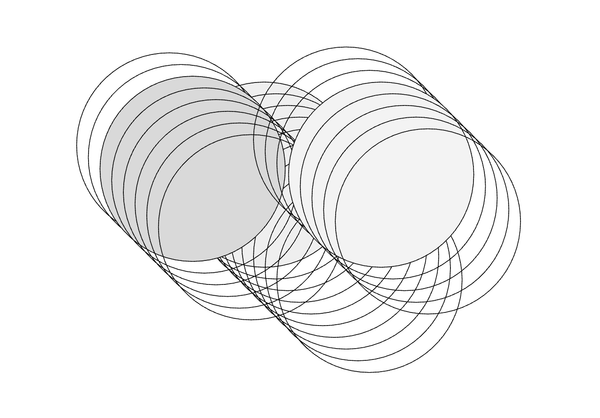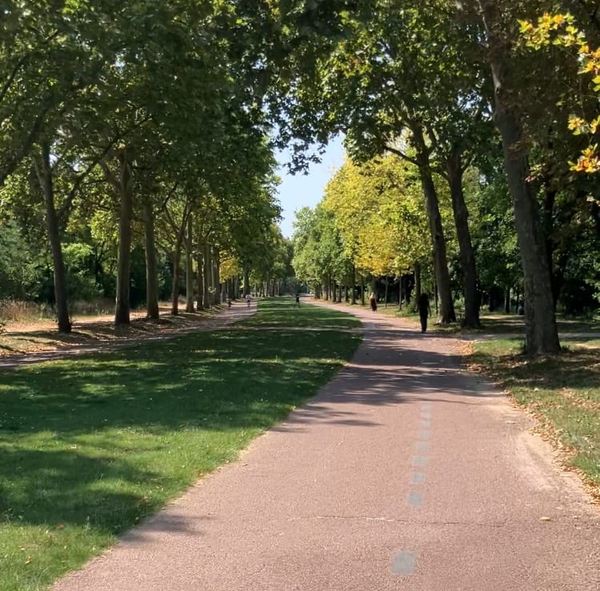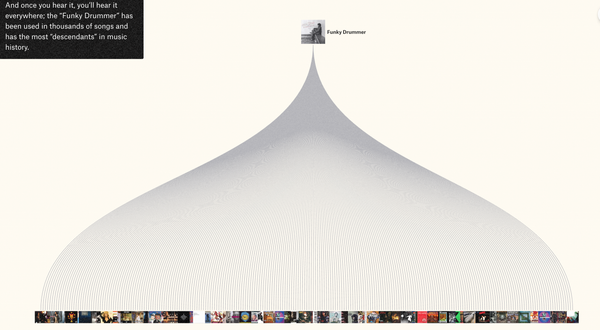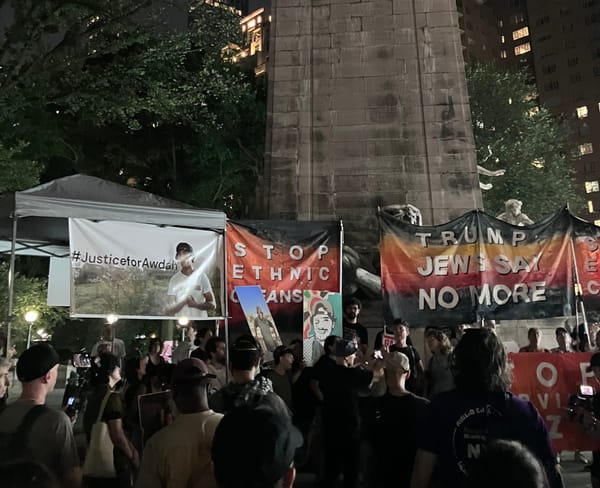The Story of My Pain
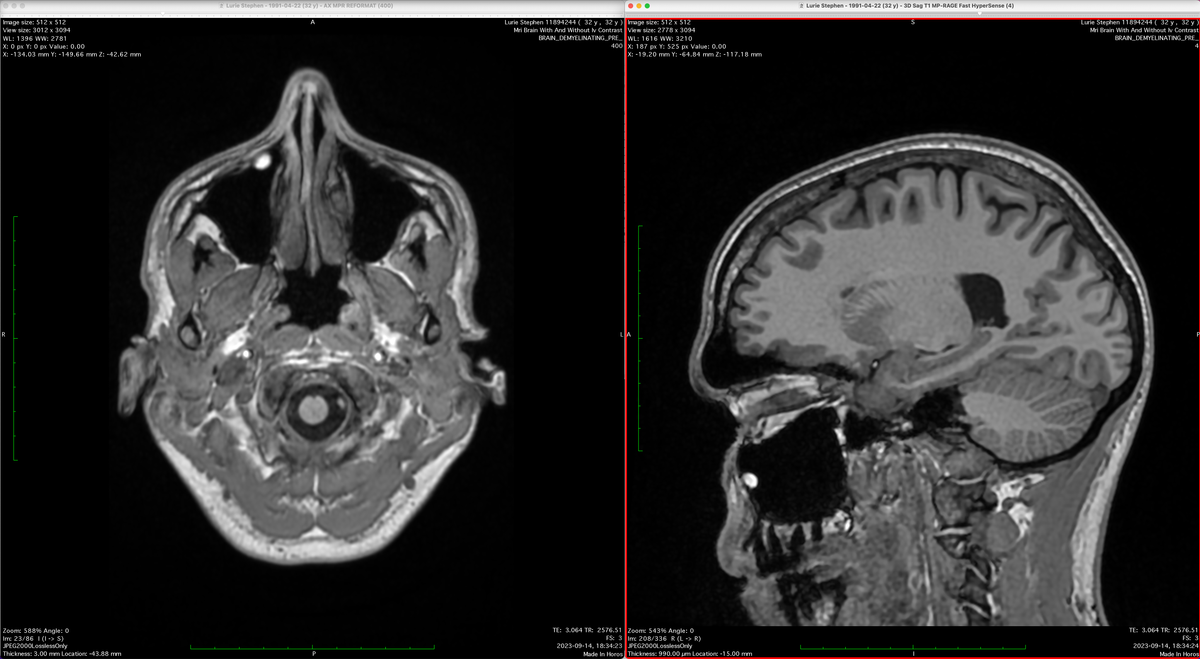
Chapter 1: Pain
For two weeks this summer, I had a root canal take revenge on my face. I was no stranger to the usual progression from numbness to fleshy pain that followed a typical procedure, but this time, instead of advancing to relief, my spurned tooth chose a fortnight’s assault on any territory within reach. It did not warn me what was to come but this clause should warn you — swelling gums, protruding teeth, sabotage of my head’s nervous system, a siege on the sinus cavities on the left side of my face. Unfortunately, it turns out that all of these parts are quite present in acts of living – like breathing, speaking, eating, sleeping, and being anywhere at any time and conscious. The problem with the mouth is that it is extremely close to your brain.
Multiple health care professionals suggested that I was not the victim of some extremely rare and lethal condition but that, instead, recovery can just take time. Inflamed things inflame things, etc. They said that Ibuprofen, soft foods, and crucially, time, would be the best medicine.
I was quick to conduct a study for this medical establishment that concluded that only one of these is actually medicine, and that you’re not supposed to take that one for a long time. Some form of alternative medicine would be required.
Ice cream. It was ice cream. Ice cream would be the only thing to grant me pure, complete relief. Of course I tried other things first. Hot compresses, cold compresses. Showers. Walks. Laying on the couch in different positions. Ibuprofen and tylenol in diabolically scheduled combinations.
But the only time I could reliably deny pain or the possibility of pain from the center of my mind was when I was under the care of my doctors, Ben and Jerry. And all of their many associates.
I ate it en masse. A double portion of jaggery and coffee-orange soft serve, a pile of scoops (pretzel; berry cookie) topped with whipped cream; Mr. Softee, heretically spooned from a cup, stripped of its appropriate wardrobe — lacking the dexterity to eat with the urgency needed for a dipped cone or the fine toothed mashing needed for rainbow sprinkles.
And I had it in deranged doses. A kid’s size Cotton Candy with mini marshmallows in the middle of the afternoon, in an unfortunate dental industrial blue; small crescents of bodega freezer-burned Rum Raisin at 11pm.
I did weird things with it — like buying a Nestle generic Ice Cream Sandwich (chocolate-inspired panels buffering the cold vanilla-inspired ice cream proxy), to place on my throbbing head after a run.
At first, I believed it was purely psychological. A sweet cold overwhelming my mouth’s ability to perceive anything else. The effect became greater as I used and became more accustomed to it, more attuned to it. It is different to eat ice cream this way. How fast it melts on a warm tongue versus a cold tongue. The performance of texture. How salty it can be. How all-consuming, It also became a reassurance about the severity of my condition — if the experience of eating ice cream could make me forget about the pain, then I probably wasn’t dying.
And then one day, about two weeks after it started, emerging from the soothing chill of a single scoop of coffee gelato, I noticed the pain hadn’t come back. And as I walked home through my neighborhood, it didn’t grow again. And as I lay down to sleep, it didn’t spark. And when I woke up the next morning, and the mornings after that, it didn’t return.
I don’t know why it went away, but once it did, I couldn’t help but wonder if that ice cream hadn’t had a physiological effect too. That it actually did help — an opulent ice pack cooling down the flares across my jaws. I won’t ever find out, but leaving the question open may be best. A case for ice cream medicine comes in handy.
Chapter 2 : Diagnosis
At least that’s what I wrote two weeks into my pain, and it is a lie. I was eating all of that ice cream. I was finding it to be the only real relief for my pain. But neither it nor my attempt at positive manifestation could help cure me. The true story involved another two weeks of inexplicable pain. I experienced specific, general, and weird pain – seemingly originating from the root canal site on the top left of my mouth, but striking out across my head. Of course it hurt if I chewed on the left side, but it also often hurt through my sinuses to breathe, and then also hurt the front of my head to rest the back of my head on something firm. It hurt to move my head quickly and it hurt to lay down flat.
Visits to a trusted endodontist (the root canal specialists) insisted I should give it more time to heal, that a root canal is a major surgery. I was told to take more Ibuprofen, try ginger and cinnamon as anti-inflammatories. I headed the ball at soccer that evening and it felt, I can only imagine, like being punched by a heavyweight boxer.
Over the next few weeks, I did not improve. The tooth behind the root canal was protruding down lower than it used to, making me unable to chew or close my mouth properly. Convincing myself I was grinding and clenching at night and preventing my mouth from healing, I bought a variety of mouthguards at Walgreens and molded them from boiling water on the stove. One prevented my protruding tooth from touching, but hurt my others.
I was spending more and more time on the couch, and less and less in my usual routine, trying to find a position where my head didn’t feel like it was filled with hot soup. I began to experience tingling and numbness in parts of the left side of my face, too, as well as pain in my left forearm.
About a week later, unable to trust further recovery time, gnawing pain on my way home from work led me to find a last minute appointment at a nearby dentist that I biked and ran to arrive before they closed. After taking another set of X-Rays, the dentist assured me he could just make an adjustment on the crown facing the protruding tooth and I’d be fine (and told me to take even higher doses of ibuprofen). After shaving down the crown into a brutal wedge, I called my mother to express relief that I'd likely found the solution. A block later, I tried to bite into a donut and doubled over from pain, gripping a brownstone’s front gate to stay up.
Convinced I needed to still protect my mouth during its recovery, I sought out an appointment the next week with another dentist – the fifth I’d seen in a month– to get advice on a custom mouth guard. She conducted an exam and told me she could do a mouthguard but that it wouldn’t be covered by my insurance and, more importantly, that she actually suggested I return to an endodontist to get a 3D scan of that area first. Her hunch about the protruding tooth was that something else was going on.
I returned to the endodontist the next day who reluctantly agreed to do a 3D scan ($250, not covered by insurance), and found a definite need for a root canal, that day, under the protruding tooth. It’s unclear whether the first one, a full month prior, had been the one I needed, or perhaps I needed both the whole time. I signed; he drilled.
I went home able to close my mouth, to feel like now I was actually recovering from something. To that point, I had spent a month, perhaps more, with an infection growing in my mouth, demanding attention in blood and nerves. I spent thousands of dollars and passed through my insurance limit. But the procedure finally fixed me and I could return to my life.
Chapter 3: Treatment
Well that didn’t happen either, at least not entirely. As I went on to recite to a new slate of doctors, “the root canal fixed the inside of my mouth but not the other stuff.” Though I began to eat normal foods and eat them normally again, my month of asymmetry birthed a next generation of symptoms. Eating on the right side only, scrunching my left shoulder up and chin down in sympathy, trying to shelter the pain, laying bent on the couch, I had created new dysfunctions in my jaw, neck, shoulder, and back. I experienced intermittent headaches above my eyes and eye strain; tingling and numbness next to my left eye and in my left cheek; and pain along my ulnar nerve in my left shoulder, arm, and hand. I also experienced a period where my arms and feet were falling asleep – perhaps, in the one case, from nerve pinching, but more likely generally from anxiety about the unknown cause of my general condition. I was supposed to be fixed.
After the dentists, I then saw an optometrist, two physical therapists (one bad one good), two neurologists (one bad, one fine), and a facial pain specialist (good: does not take insurance). If you didn’t know, our health care system does not see you as a body – it sees parts specialists can charge for procedures. I had an MRI and a facial nerve test that involved electrical shocks. Visiting the fine neurologist, I filled out a Migraine Disability Assessment (MIDAS) to score how much pain was affecting my daily life. “If your MIDAS score is 6 or more, please discuss this with your doctor.” I gave myself a 27.
Given the tests that indicated my brain was fine and that I had no clear nerve damage in my face, the theory was that my problems emerged from my muscles and their impact on my nerves.
I took a nerve blocker twice a day and a muscle relaxant selectively. When I didn’t, I believed alcohol could have the same effect, and maybe it did. I put Tiger Balm on my neck and shoulders before bed, not because it would solve anything, but because it could maybe distract my brain from anything else. I littered my apartment with yoga mats, blocks, balls, bands, and rollers, and two tennis balls duct taped together like a pair of testicles so that I could do my PT regimen. I focused on my postures: how to sit, how to stand, the angle of my head. I made funny faces in the mirror, watching my jaw learn how to move as it should again.
And yet – I could buy hour-long massages and come out still numb next to my eye, if looser in my calves. I’d be feeling my symptoms less often, and then they’d come back. PT felt like a miracle, and then like a myth. As autumn arrived, I figured I needed to try even more approaches to a cure. I’d never tried acupuncture, but had plenty of endorsers and practitioners in my life. I didn’t think it would work when we began – why in my feet and hands, so far from the problems? – but then the needle entered my left jaw at the source of my tingling and I felt radiation, then another in my back started a deep pulsing. They felt exactly suited to resetting the systems that my body had abused or neglected for that month. The timing just may have been right, the combination with physical therapy, the lifestyle changes, but after three sessions, the acupuncture pushed my pain rolling down a hill and away from me at last.
Chapter 4: Recovery
Of course: another fantasy. Despite all these treatments, my pain is still here. My face tingles and numbs; my neck tenses and head ratchets up pain in my forehead. Like some curse from a myth, it’s all more likely and notable when I try to rest: sitting is the worst, laying down second. My neck now cracks like a movie henchman, releasing tension that had been building up. The trauma of my left side has concentrated in my shoulder and back, pinching my ulnar nerve. Getting dressed, reaching across the sink, opening doors, picking things up, all involve painful claws in my left arm. Sometimes I get a constant low, thrumming pain in my fingers that I can’t figure out how to solve.
Every aspect of waking (and sleeping) requires a strategy: how to sit, lay down, or stand, when and how to stretch, what kind of furniture I’m using, where my hips are, where my shoulders are, the angle of my head, the length of my neck. I carry the duct-taped balls and a band with me to work – when I’m not staying home because it’ll feel better. I haven’t just rested, without thinking, in months. Typing this sentence I’m worried about where my laptop screen is, how I’m bending forward and how long I can sit at this kitchen table.
This has been the hardest period of my life physically and it has been the hardest period of my life psychologically. I have thought about pain or the potential for pain for most of the last five months. There is the actual pain. There is the constant monitoring for it. There is the treatment of it. I can physically do most things, but the presence or possibility of my pain means I can’t think about doing most things. I’ve never cooked less, I’ve never read less. My work has suffered, my creativity stunted. All of my aggravations are more aggravated. My apartment keeps falling into a mess and it never used to. And even so, my pain is not visible. The only sign – which no one has noticed or at least told me – is that my Adam’s apple is now skewed off center, pulled left by the tightness there. I don’t have a bandage or a cast or a scar or a limp — unless I talk about it, my friends and coworkers don’t know it’s still there.
And the hardest part in this hardest period of my life, is that pain refuses a story. It’s supposed to go in order: Pain, Diagnosis, Treatment, Recovery. It’s not like that, at least not for me. Over these months, I’ve felt how pain doesn’t care about narrative arcs, about linear redemption. It can move and shift and restart. In each day, in each moment, I’ve learned how it’s both a biological scream for attention, but also a mental performance. It is all-consuming, and it is also ignorable. It’s made me angry, exasperated, depressed. And I’ve had times of happiness, creativity, and relaxation. But it’s pain’s slipperiness, its erratic appearance, its unknown conclusion that can overwhelm me. That I am stuck with this thing I can’t escape and I can’t script to an end, that I am somehow the object instead of the subject of my body.
Then I move, or I run, or I spend a dinner with friends and only realize after that my pain didn’t demand my attention. And in those moments I am cured, if briefly, and I remember the possibility of full health, the body without a story to untangle, without anything I must write out now, because, hey, it hasn’t yet but manifestation might still work, and I’ll want to remember what this was all like when it’s finally done.
